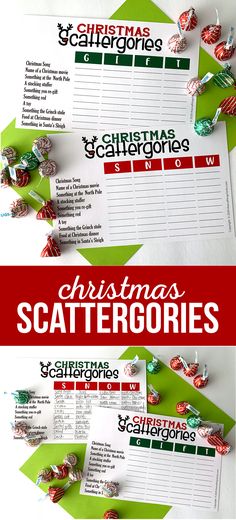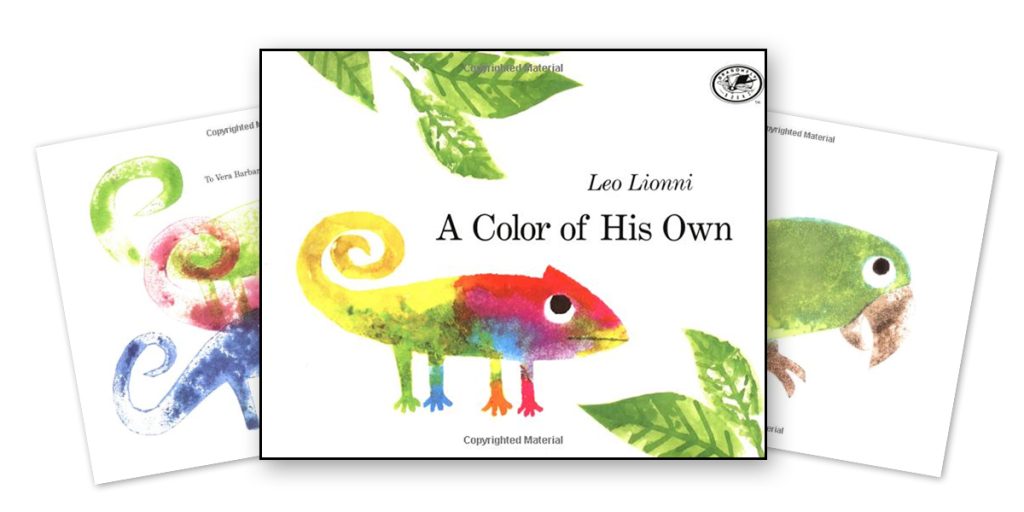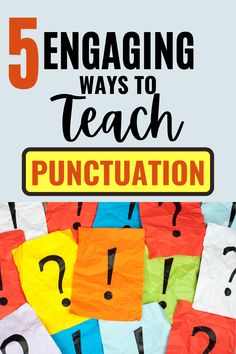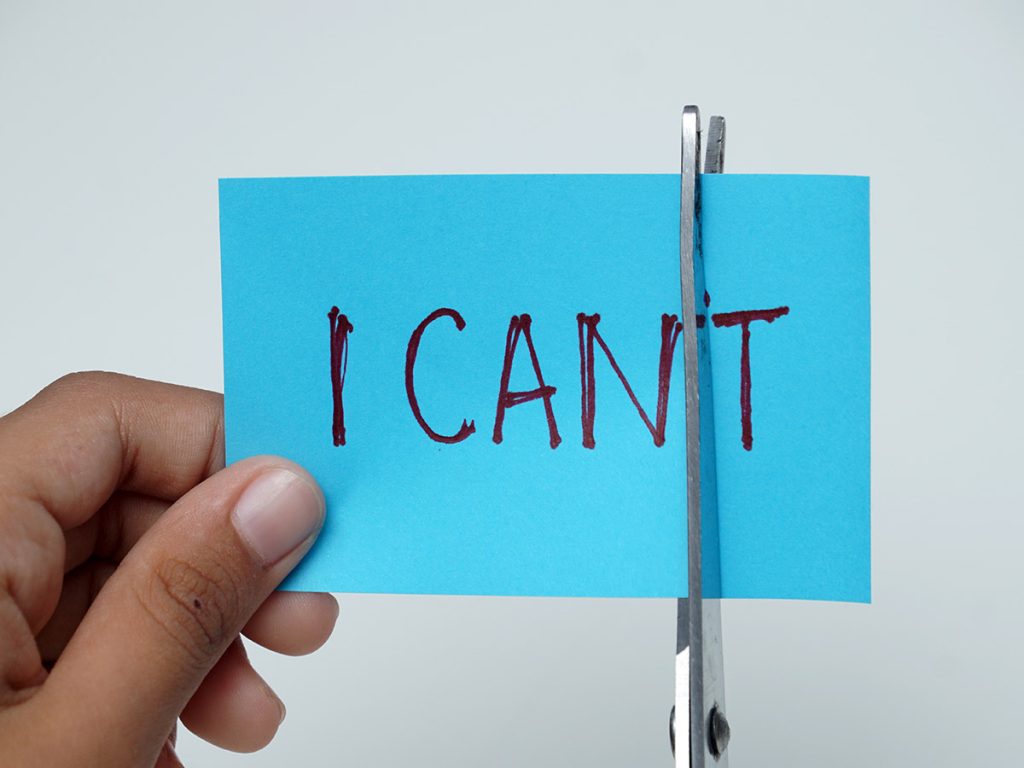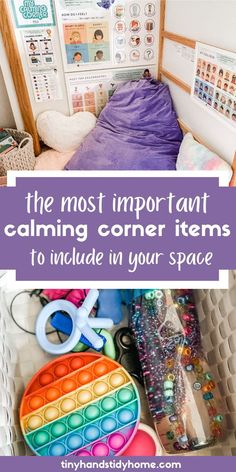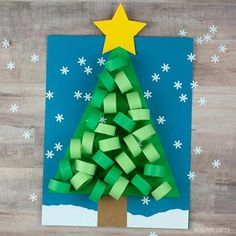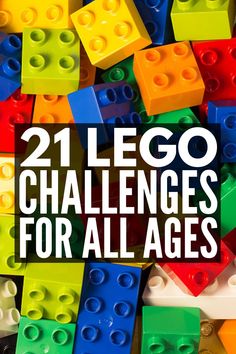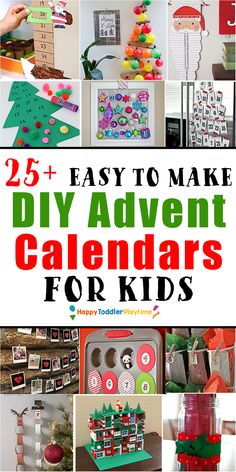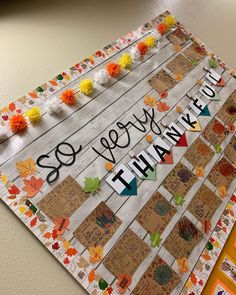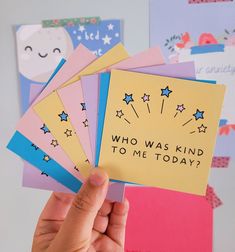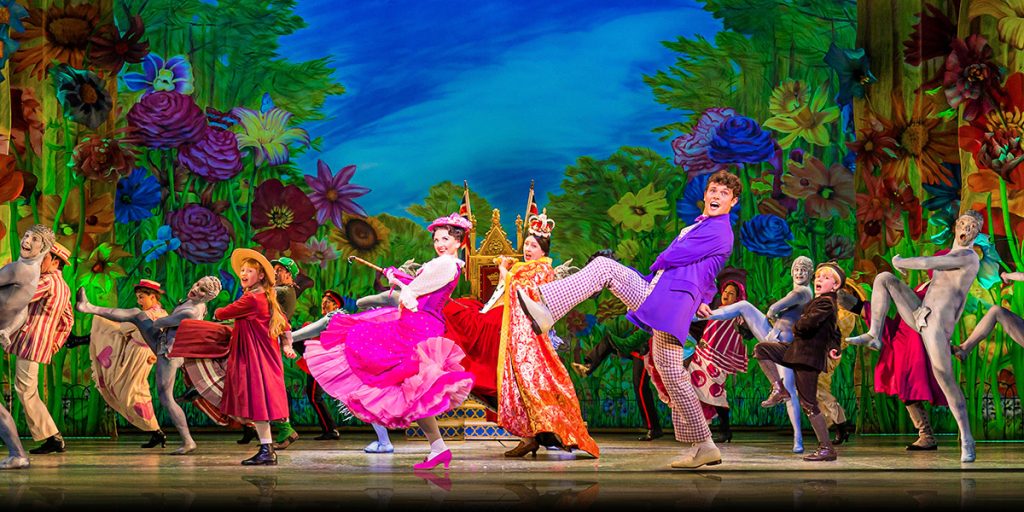As the festive season approaches, teachers worldwide are on the lookout for engaging activities to keep their students entertained and educated in the lead-up to the holiday break. One such activity that marries the spirit of Christmas with critical thinking and teamwork is “Christmas Code Crackers,” a whole class game that has been growing in popularity in recent years.
Introduction to Christmas Code Crackers
Christmas Code Crackers is a puzzle-solving game designed for a classroom setting. It leverages the excitement of the holiday season while promoting logical thinking, problem-solving skills, and cooperation among students. The premise is straightforward: Students must work together to solve a series of Christmas-themed codes and ciphers to unlock a mystery or retrieve a ‘hidden treasure.’
Setting Up The Game
To set up the game, the teacher creates a series of puzzles or codes that the students must decipher. These can range from simple Caesar ciphers (where each letter in the alphabet is shifted a certain number of steps) to more complex riddles or mathematical puzzles. Teachers often incorporate curriculum-relevant content into these challenges to reinforce learning outcomes in a fun context.
The game’s complexity can be adapted according to the students’ age and abilities. For younger classes, this might involve picture-based codes or basic letter substitutions, while older students could tackle intricate multi-step problems that require a concerted team effort to solve.
Each code cracked brings the class closer to solving the overarching ‘mystery,’ which could be anything from finding out where Santa hid presents in the classroom to unlocking a box containing small gifts or ‘treasures.’
Benefits of Playing Christmas Code Crackers
The benefits of incorporating games like Christmas Code Crackers into the classroom are multifaceted:
Educational Integration: The game can include components from different subjects like math, language arts, history, or science.
Critical Thinking: To decode each challenge, students must use logic and deduction.
Teamwork: Since it’s designed for groups, students learn to communicate effectively and listen to others’ ideas.
Engagement: The festive theme captures students’ attention and harnesses it for educational benefit.
Celebration: It enables teachers to celebrate Christmas within an educational framework.
Example: A Simple Code Cracking Puzzle
Imagine this scenario: Each student team receives an envelope labeled “Santa’s Secret List.” Inside is a coded message that reads like this:
“`
Vrphwklqj vshfldo lv klgghq lq wkh errn vkhoi.
“`
With some guidance from their teacher on Caesar ciphers, they recognize that each letter has been shifted three spaces down in the alphabet (so ‘V’ stands for ‘S’, ‘U’ for ‘R’, etc.). Decrypting it reveals:
“`
Something special is hidden in the bookshelf.
“`
Excitedly, they scour the bookshelf until they find another clue leading them on their merry quest.
Conclusion
Christmas Code Crackers is more than just an amusing diversion; it’s a pedagogical tool that entertains while honing mental acuity and collaborative skills. Through these festive cerebral escapades, students enhance not just their confidence in solving problems but also partake in mirthful memory-making ahead of Christmas day—making learning during this cherished time of year both unforgettable and joyous.
